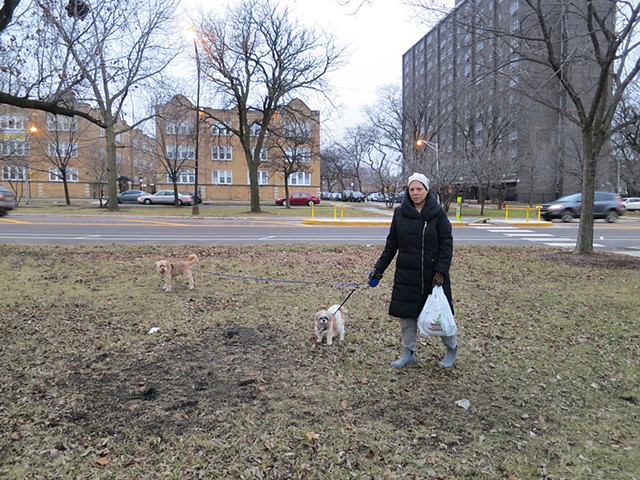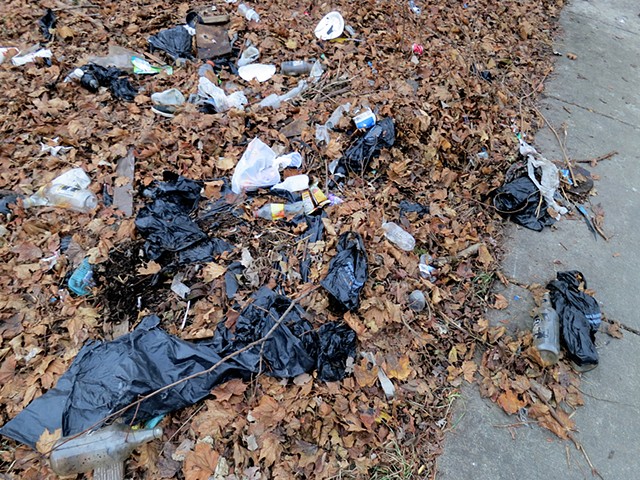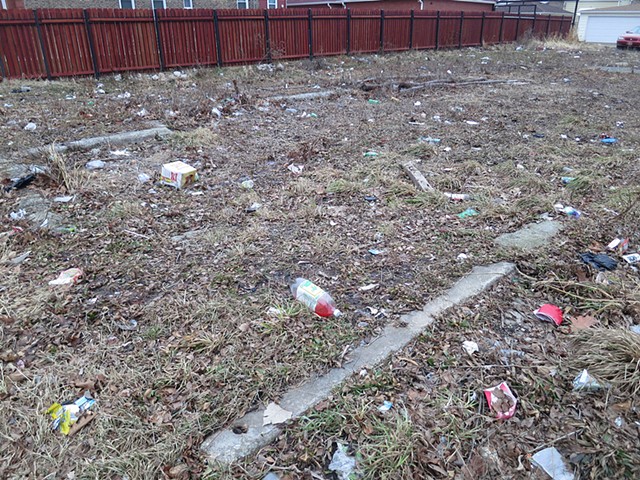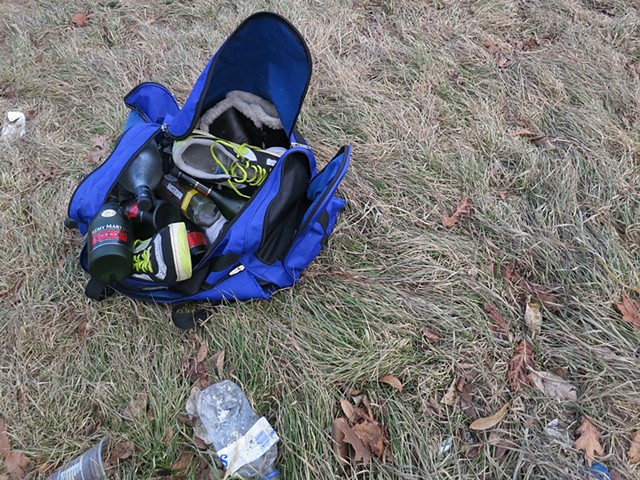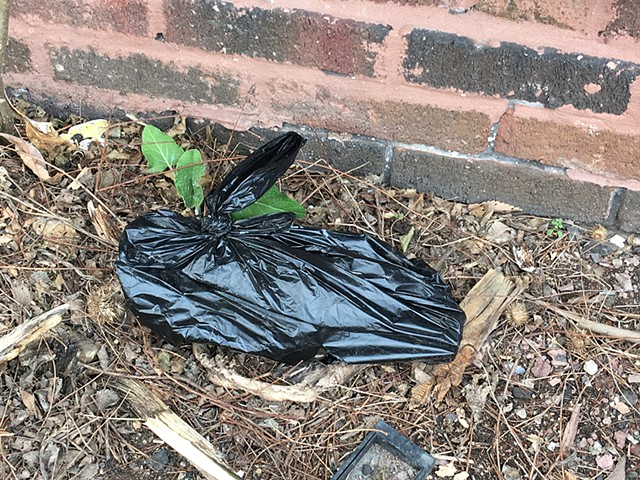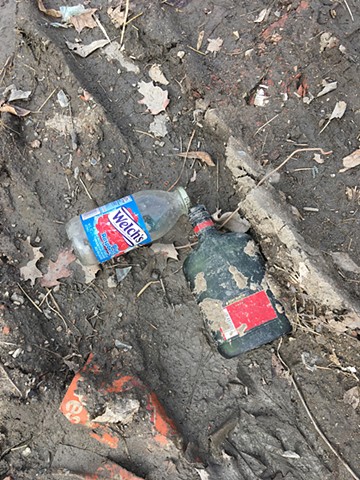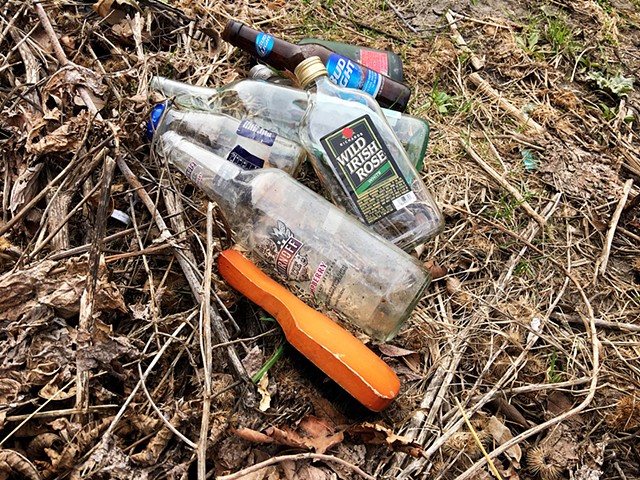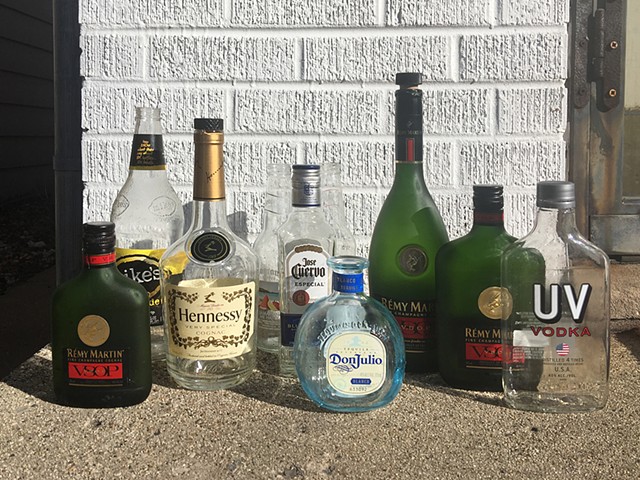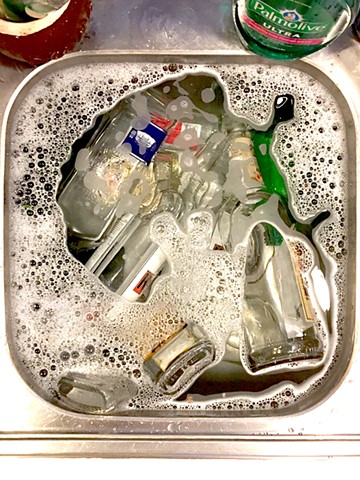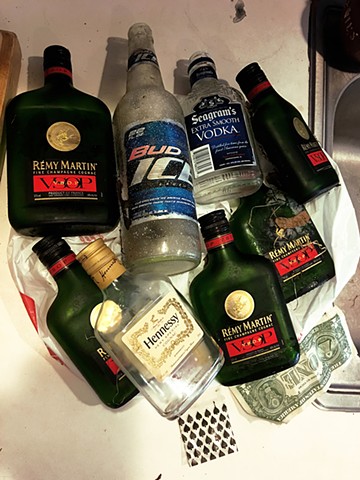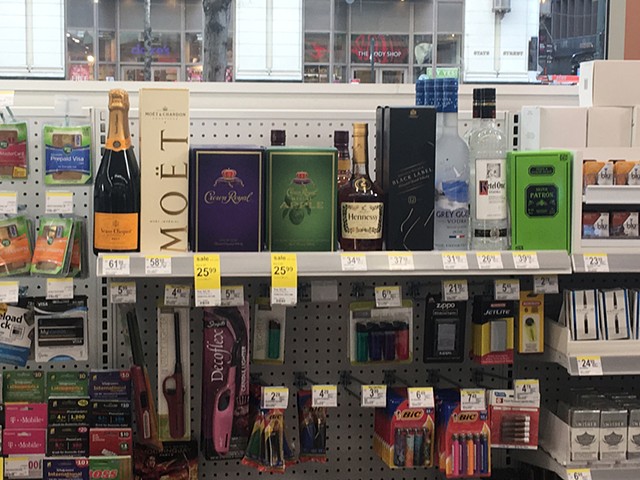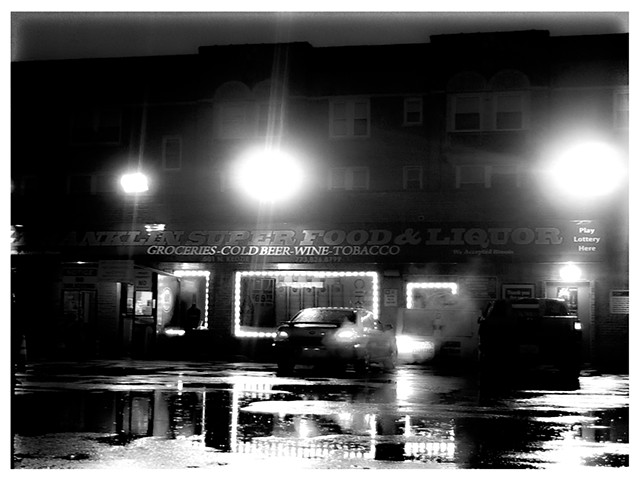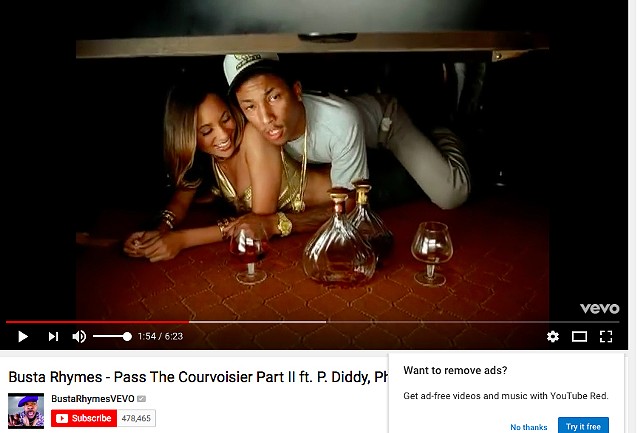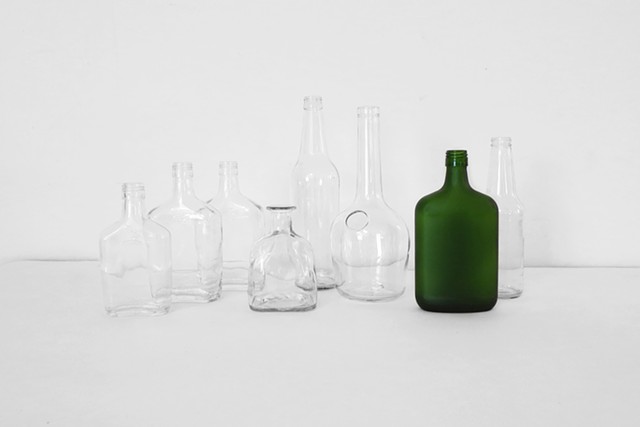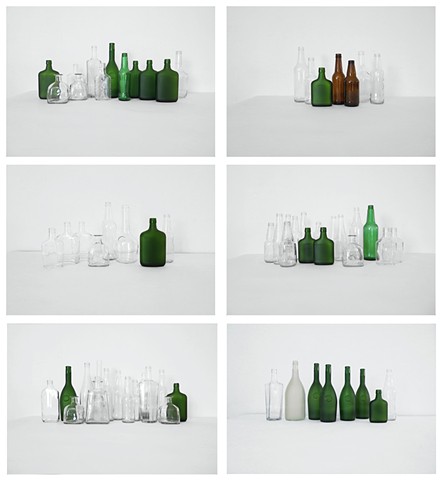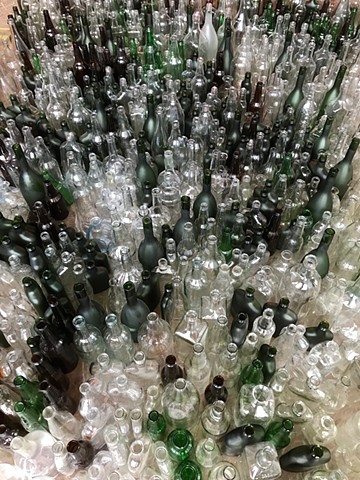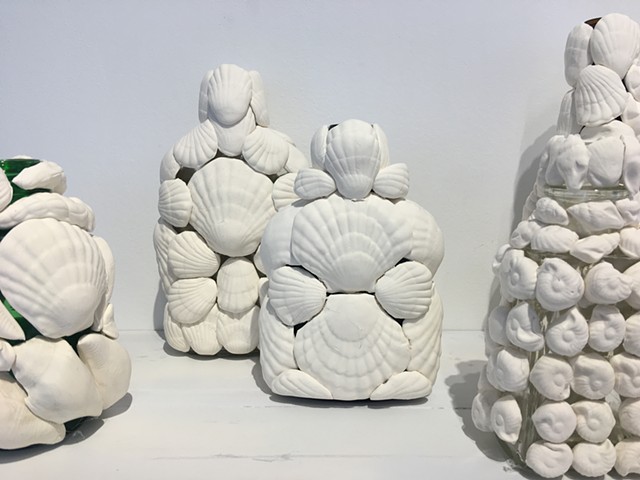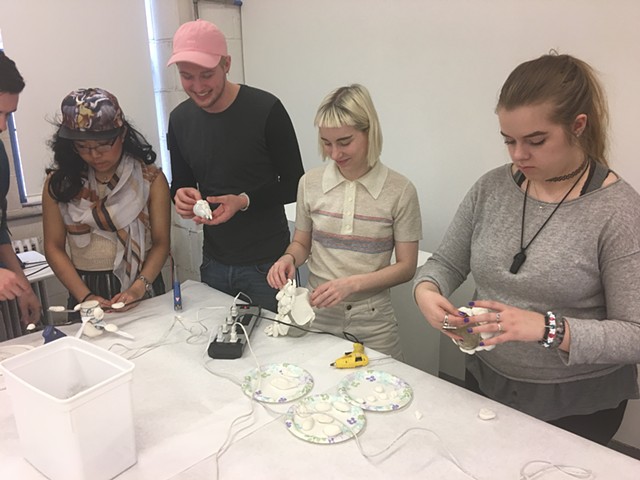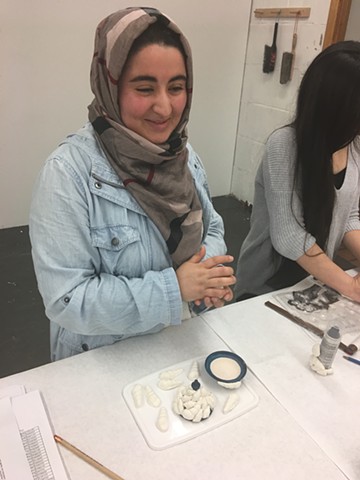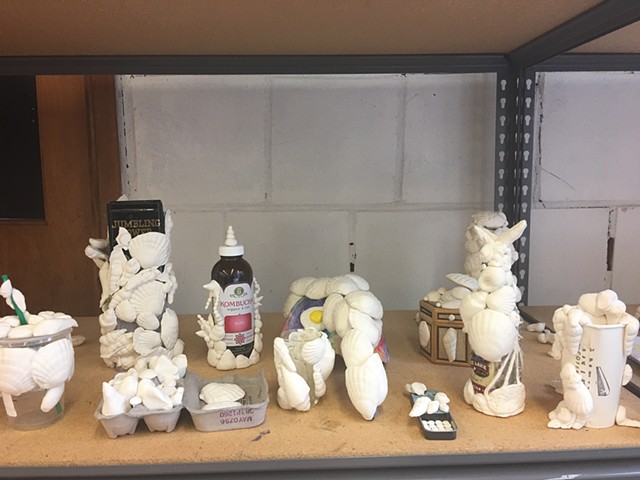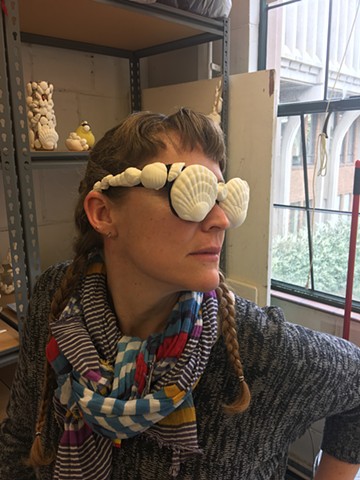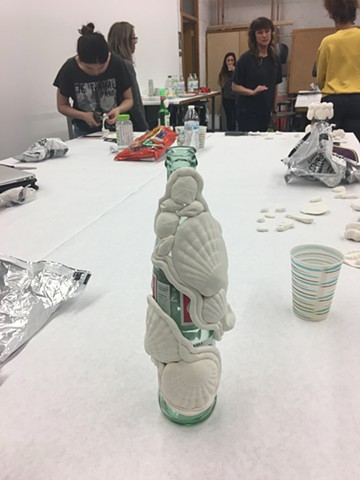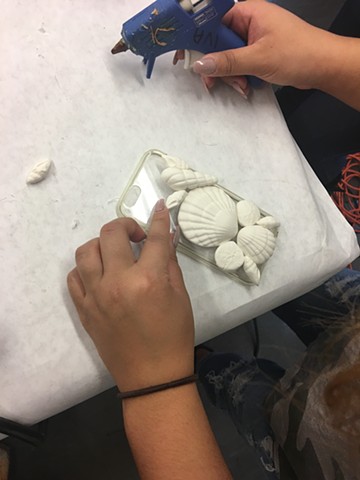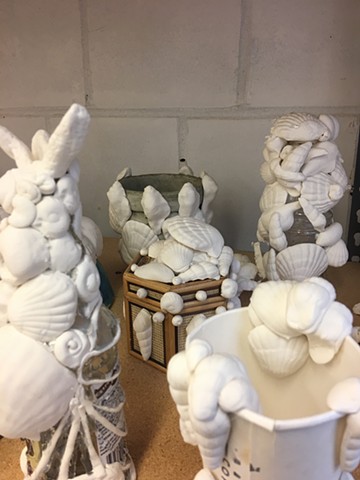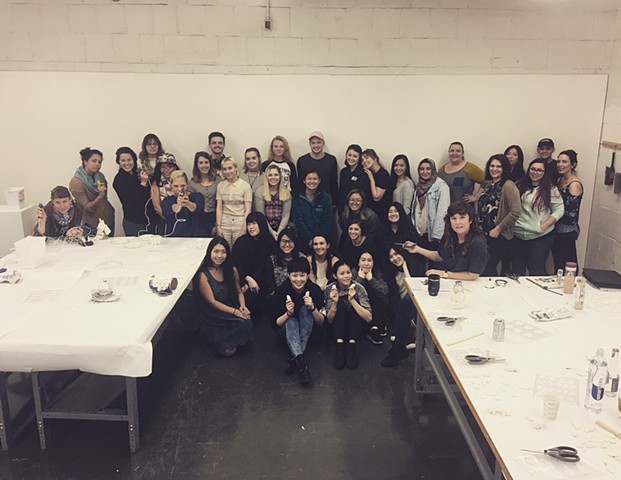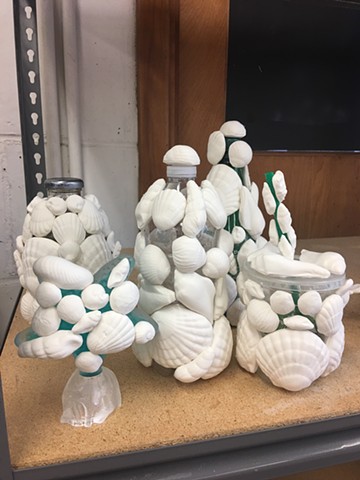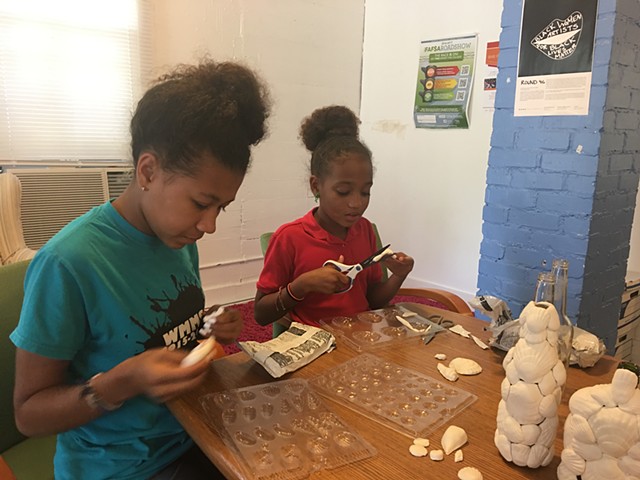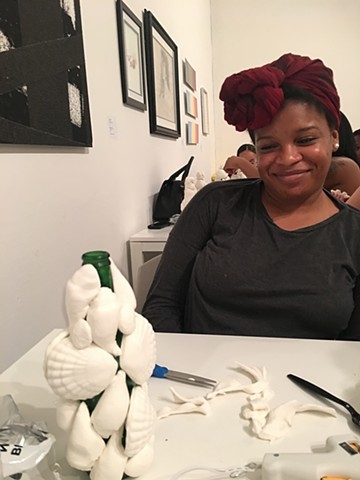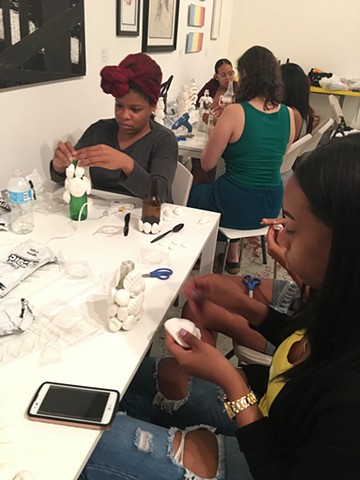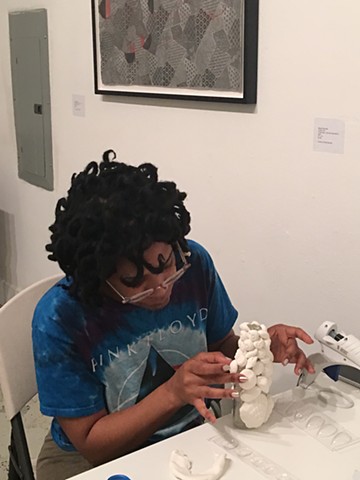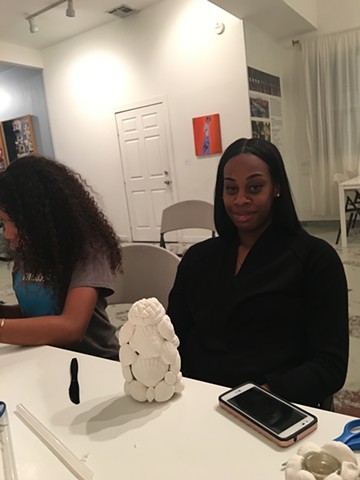Open 24 Hours
OPEN 24 HOURS
December 2016 - Ongoing
“Cognac’s relationship with African American consumers started later, when black soldiers stationed in southwest France were introduced to it during both world wars. The connection between cognac producers and black consumers was likely bolstered by the arrival of black artists and musicians like Josephine Baker, who filled Paris clubs with jazz and blues during the interwar years … France appreciated these distinctive art forms before the U.S. did, continuing a French tradition dating back to Alexis de Tocqueville of understanding aspects of American culture better than Americans did. For African Americans, the elegant cognac of a country that celebrated their culture instead of marginalizing it must have tasted sweet … During the 1990s, cognac sales were slow, and the industry was battling an image populated by fusty geriatrics. Then references to cognac began surfacing in rap lyrics, a phenomenon that peaked in 2001 with Busta Rhymes and P. Diddy’s hit “Pass the Courvoisier,” causing sales of the brand to jump 30 percent. During the next five years, other rappers teamed up with brands, and increased overall sales of cognac in the U.S. by a similar percentage, according to the Distilled Spirits Council of the United States.”
—Reid Mitenbuler, author of Bourbon Empire: The Past and Future of America’s Whiskey
Motivated by seeing the excessive amounts of litter and detritus in my neighborhood, I created the project Open 24 Hours. The project's name refers to the accumulation of litter visible to everyone, at all times, in East Garfield Park, a historic African American neighborhood in Chicago. I have lived in my beloved neighborhood with my husband for more than 10 years. The above quote for me connects my observations to a long history of cultural marginalization, exchange, and revival that embraces what could have been erased.
Every morning, while walking my dogs, I see all types of trash and refuse on the ground. The glass liquor bottles glimmer and are intact, as if someone carefully placed them on the ground. These bottles are undeniably beautiful. I’ve decided to collect only liquor bottles that I could clean and strip of their brand labels. As evidence of my collecting, I keep a record that states the date and brands of the bottles I find. After washing them, I group them together according to the date that they were found and later photograph them against a white backdrop.
Placing the bottles in a still-life format allows me to provide an accessible entrance that is recognizable to viewers. Also, by removing the brand labels from the bottles, it obscures the type of liquor that the bottle held and deters viewers from presuming a particular demographic. My impulse is to be civic-minded. Recording my process is an intimate insight of my everyday reality and those of my neighbors. Finding a significant historical connection between cognac -- the predominant type of liquor bottles I find in East Garfield Park, with my African American neighbors -- evokes a sense of empathy for the consumption of these bottles as complex forms of pleasure, interconnections, and escape from socio-economic oppression.
